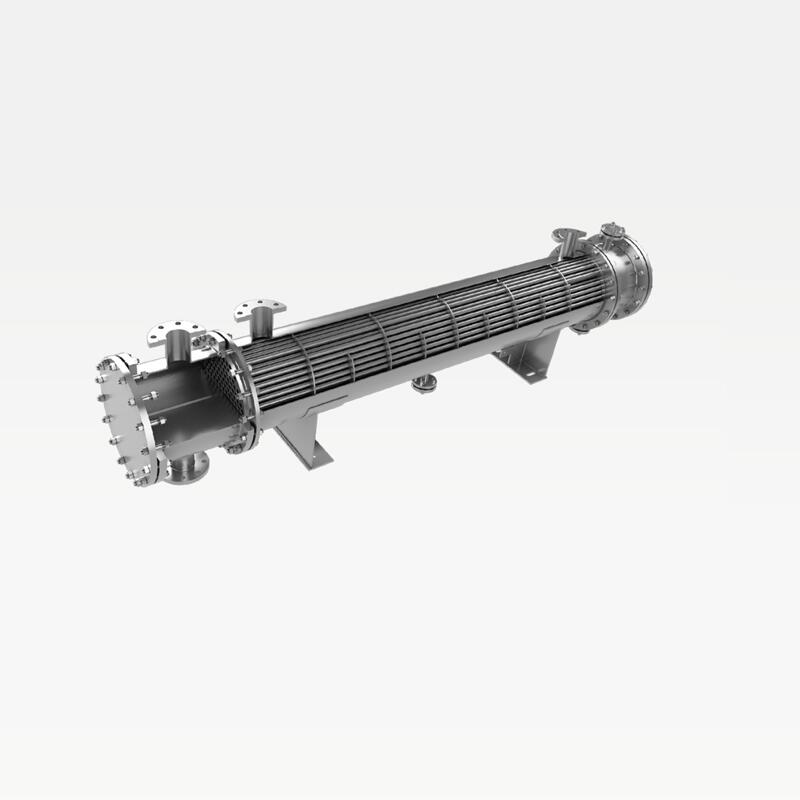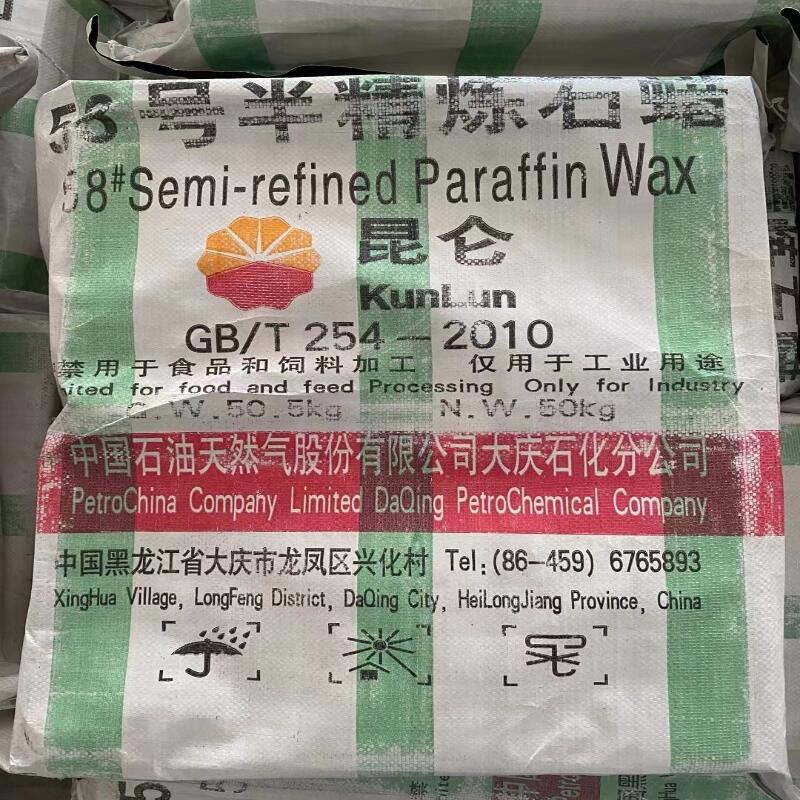-
Categories
-
Pharmaceutical Intermediates
-
Active Pharmaceutical Ingredients
-
Food Additives
- Industrial Coatings
- Agrochemicals
- Dyes and Pigments
- Surfactant
- Flavors and Fragrances
- Chemical Reagents
- Catalyst and Auxiliary
- Natural Products
- Inorganic Chemistry
-
Organic Chemistry
-
Biochemical Engineering
- Analytical Chemistry
-
Cosmetic Ingredient
- Water Treatment Chemical
-
Pharmaceutical Intermediates
Promotion
ECHEMI Mall
Wholesale
Weekly Price
Exhibition
News
-
Trade Service
Solvent naphtha, also known as petroleum, is a byproduct of the distillation of crude oil.
It is a clear, almost colorless, hydrocarbon mixture that is used as a solvent in various industrial processes.
In the chemical industry, solvent naphtha is often used as an intermediate product, with the raw material being converted into a variety of downstream products.
The most common downstream products of solvent naphtha are ethylene and propylene, which are both highly valuable chemicals used in the production of a wide range of consumer goods.
Upstream Product: Crude Oil
Crude oil is the raw material from which solvent naphtha is derived.
It is a naturally occurring liquid mixture of hydrocarbons, primarily made up of alkanes and cycloalkanes, which are obtained from geological formations beneath the Earth's surface.
Crude oil is extracted using a variety of techniques, including drilling, hydraulic fracturing, and steam injection, before being transported to refineries for processing.
Upstream Process: Refining
Refining is the process of converting crude oil into a variety of useful products, including solvent naphtha.
The process involves several stages, including distillation, cracking, and reforming, which are used to separate the components of crude oil and convert them into usable products.
During the distillation stage, crude oil is heated and the various components are separated based on their boiling points.
Cracking and reforming are then used to convert the heavy hydrocarbons found in crude oil into lighter, more valuable hydrocarbons, including solvent naphtha.
Downstream Products: Ethylene and Propylene
The most common downstream products of solvent naphtha are ethylene and propylene, which are both used in the production of a wide range of consumer goods.
Ethylene, for example, is used in the production of polyethylene, a common plastic used in packaging and other applications.
Propylene, on the other hand, is used in the production of a variety of materials, including polypropylene, a plastic used in the production of everything from carpeting to clothing.
Downstream Process: Polymerization
The conversion of solvent naphtha into downstream products like ethylene and propylene typically involves a process known as polymerization.
Polymerization is the process of joining small molecules, known as monomers, to form long-chain molecules, known as polymers.
This process is used to convert the ethylene and propylene produced from solvent naphtha into usable polymers.
Chemical Equation for the Production of Ethylene and Propylene
The conversion of solvent naphtha into ethylene and propylene can be represented by the following chemical equation:
C7-C12 fraction of solvent naphtha + steam --------------> C2H4 (ethylene) + C3H6 (propylene)
This equation illustrates the process by which solvent naphtha is converted into ethylene and propylene through the use of steam.
The specific component of solvent naphtha used in this process is the C7-C12 fraction, which is a mixture of hydrocarbons with between 7 and 12 carbon atoms.
The steam is used to initiate the polymerization process, resulting in the production of ethylene and propylene.
In conclusion, solvent naphtha is a byproduct of the distillation of crude oil and is commonly used as an intermediate product in the chemical industry.
It is typically converted into downstream products like ethylene and propylene through the use of polymerization.
The production of these downstream products is an essential component of the chemical industry and has a wide range of applications in the production of consumer goods.







